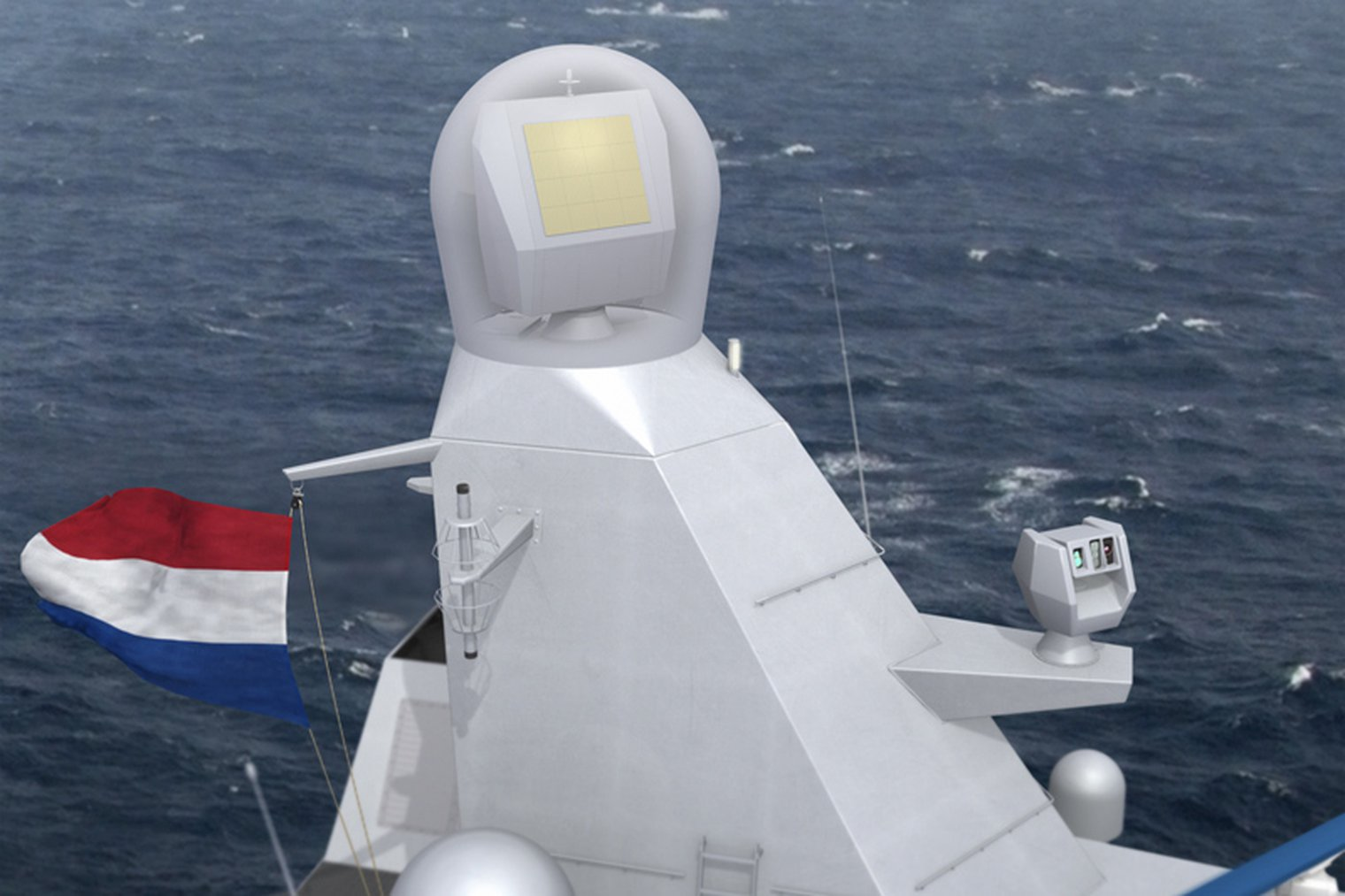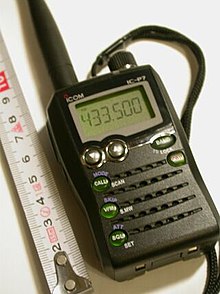
The U.S. Army’s commitment to modernizing its communication networks has taken a decisive leap forward with the expansion of Thales Defense and Security Inc.’s radio production and the continued efforts by competitor L3Harris Technologies.

Ensuring that soldiers on the front lines remain interconnected, the overarching goal is to replace outdated Single Channel Ground and Airborne Radio System (SINCGARS) with cutting-edge Combat Net Radios (CNR) and advanced HF radio systems.

At Thales’ Maryland facility, which is already responsible for creating fuzes for TOW missiles, helmet displays, and various other defense technologies, the focus has now intensified on tactical communications—particularly the CNR.

In 2022, the U.S. Army selected Thales and L3Harris Technologies to supply these radios, initiating a step towards overhauling battlefield connectivity. An initial Thales order worth $18.2 million is just a fraction of the potential billions to be spent on this critical upgrade.

The heightened sense of urgency to enhance communications is driven by a recognition of the vital role connectivity plays in modern warfare. Reflecting on the importance of communication, Army Chief of Staff Gen. Randy George highlighted that soldiers must be able to “shoot, move, and communicate” effectively, where technology supports rather than hinders these essentials.

The new CNR by Thales is a software-defined radio that can be frequently updated to meet changing demands on the battlefield. This adaptability is crucial, considering the radios are set to replace the SINCGARS, which has been the backbone of Army communications for decades.

Gary Kidwell, VP of communications systems at Thales Defense and Security Inc., acknowledged the significant number of radios that must be replaced and stated the company is ready for the demand.In tandem with Thales’ efforts, L3Harris’ contributions are equally pivotal.

Their high-frequency (HF) manpack radios have been noted for their flexibility, minimal infrastructure needs, and interoperability with existing VHF systems, which are vital for forward-deployed forces in remote regions.

These radios facilitate beyond-line-of-sight communications, a capability that is essential in the absence of satellite support.

The investments in these technologies resonate with the broader strategy of the Department of Defense, which is heavily focused on the development of Joint All-Domain Command and Control (JADC2)—a vision to connect sensors and shooters across all military domains in near-real time.

While the budget for JADC2 remains complex with many details still obscured, experts anticipate significant investments in the future, as hinted by a conservative estimate of over $1 billion expected to be spent next year.

This push for upgraded communications and interoperability aligns with the military’s quest for superiority against formidable adversaries.

As the services work towards a joint approach, it is clear that the path forward for JADC2 and the overall modernization of the force will be both collaborative and technologically driven.

In the battle for efficiency and connectivity, the U.S. Army is placing its trust in Thales and L3Harris to keep American soldiers linked and ready for the challenges of contemporary warfare.

Whether island hopping or engaging in joint forcible entry, the soldiers’ calls for improved communications will be answered through these advanced, robust systems.
Relevant articles:
– Thales doubles down on radio production as US Army rethinks its network, C4ISRNet
– What the budget reveals — and leaves unclear — about the cost of JADC2, C4ISRNet
– Tactical HF Radios, l3harris.com
– Thales receives US Army production increase order for more than 7,000 of Combat Net Radios, Thales

